RGV Four-Way Movable Stereoscopic Warehouse MH110 Robot Automated Palletizing Of Lithium Battery Cells – 3D Model SolidWorks
This model is an application of lithium battery cells for electric vehicles entering and exiting a stereoscopic warehouse. The cells are placed in the grooves of the material frame. The material frame arrives at the grabbing position of the robot mh110 along the roller conveyor line, and then the robot stacks the material frame
on a 1200X1000 pallet on another conveyor line. After the pallet is stacked, the stereoscopic warehouse stacking shuttle will transfer the pallet filled with the material frame to the stereoscopic warehouse.
The four-way RGV in the stereoscopic warehouse can move in four directions in the stereoscopic warehouse, and can carry pallets and materials in four directions to move the target to the designated position and cooperate with the stacking shuttle. The stacking shuttle can transfer and lift the target in the stereoscopic warehouse on different levels.
This type of stereoscopic warehouse is a new type of stereoscopic warehouse, in which the stacking shuttle can also be replaced by several elevators.
This model is only a 3D data model, and the size is not guaranteed to be completely correct. The robot model is Yaskawa YASKAYA MH110, a 6-axis joint robot. The payload is 110kg and the arm span is 2236mm.
The model is mainly used to make robot application solutions, robot application demonstrations, robot application simulations, etc. It can also be used as a material for 3D printing. Back-end processing may be required. This model is only used as a material.
The attachment provides files in solidworks2016 format, STP, and IGS files.
The model involved in the industrial robot is a 3D model of an industrial serial multi-joint robot. The solidworks version is 2016. The position and range of motion of each axis are set according to the parameters provided by the manufacturer.
The position that the center of the robot end flange can reach is the theoretical reachable domain of the robot. In the 2016 version and above of solidworks, open the attached assembly file and drag any part of the robot (except the base) with the mouse
The robot can move within the range of motion of each axis, which can be used to intuitively display the working range of the robot.
1. How to assemble and customize the 3D model
If the top-level assembly file is A.asm, then the robot attachment is the subassembly B.asm under A.asm. If the robot end is equipped with a fixture and there are no moving parts inside the fixture, then the fixture can be directly installed on the end flange.
If the fixture has moving parts and it is required to display the moving parts, then define the fixture as several parts according to the range and size of the parts and install them in B.asm in sequence.
2. How to freely drag the robot model in the assembly
Assemble the top-level assembly A.asm according to the above rules, open the assembly, right-click on the properties in the feature tree, open the properties tab, and click “Solve as Flexible” in the lower right corner. Then you can freely move the robot’s joints and fixtures in A.asm
It is convenient to display the robot’s reachable domain and details from different perspectives. Since the “Solve as Flexible” function takes up a lot of memory and computing resources, turn off the “Solve as Flexible” function when not in use.
3. Introduction to the main parameters of the model
The model mainly includes three parts: the length of the robot axis, the installation method of the axis, and the movement angle of the axis. The length and appearance of the axis are designed and determined by the robot company. The installation method of the axis and the movement angle are defined and constrained according to the parameters (currently the latest) provided by the robot company.
Ps1: Note when using the model. When the robot axis moves to the limit position, use the mouse to forcefully drag in the direction of the limit position. The model may directly skip the restricted movement area and directly reach the unrestricted area.
Especially for the J1 axis, when the restricted area is relatively small, or when it can rotate more than ±180 degrees, the J1 axis can rotate continuously in a circle. When using it, please pay attention to drag each axis slightly. When reaching the limited position, you will feel a pause.
If you continue to drag, it will move to the restricted activity area. Similar situations may also occur in other axes. This is a software bug or undefined, similar to the singularity of the robot.
PS2: The attachment provides a file in standard format STP-AP214, which is convenient for friends who use solidworks version lower than 2016 or other 3D software. After opening the stp, you can set the model yourself according to the parameters in the attachment.
PS3: The model’s part prt file and parameters are from the public information of the robot company. This model is only used for learning and demonstration. If it is used for industrial design or on-site production, please contact the robot supplier to carefully check the size and parameters of the model.
Specification: RGV Four-Way Movable Stereoscopic Warehouse MH110 Robot Automated Palletizing Of Lithium Battery Cells – 3D Model SolidWorks
|
User Reviews
Be the first to review “RGV Four-Way Movable Stereoscopic Warehouse MH110 Robot Automated Palletizing Of Lithium Battery Cells – 3D Model SolidWorks”
You must be logged in to post a review.



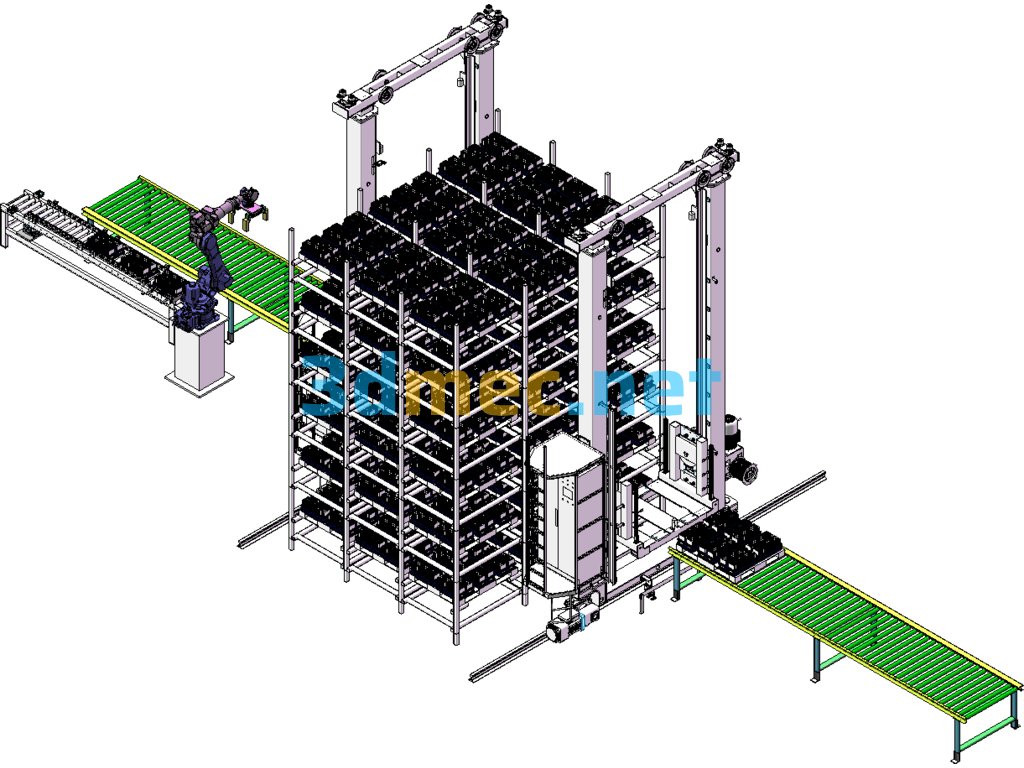
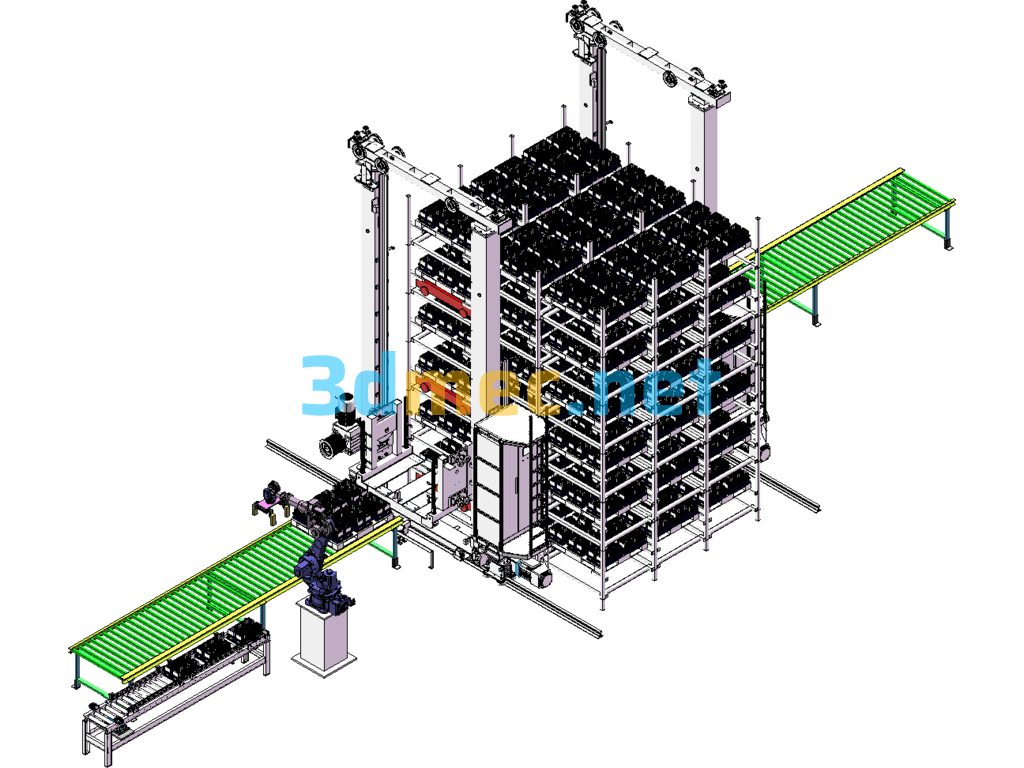
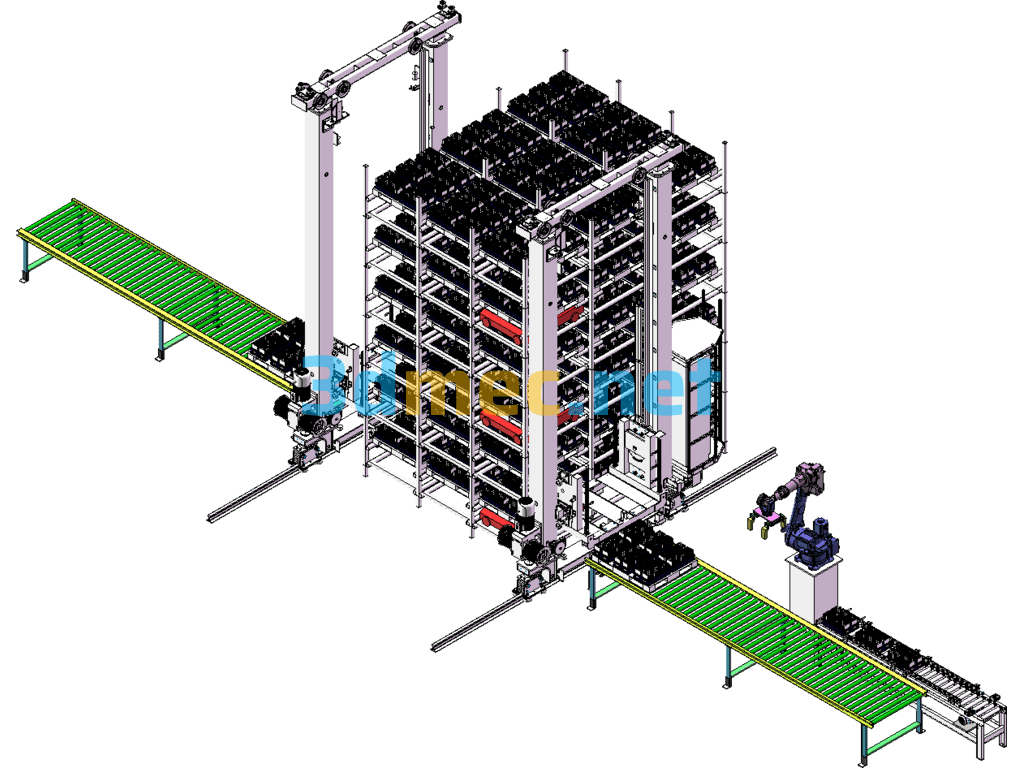
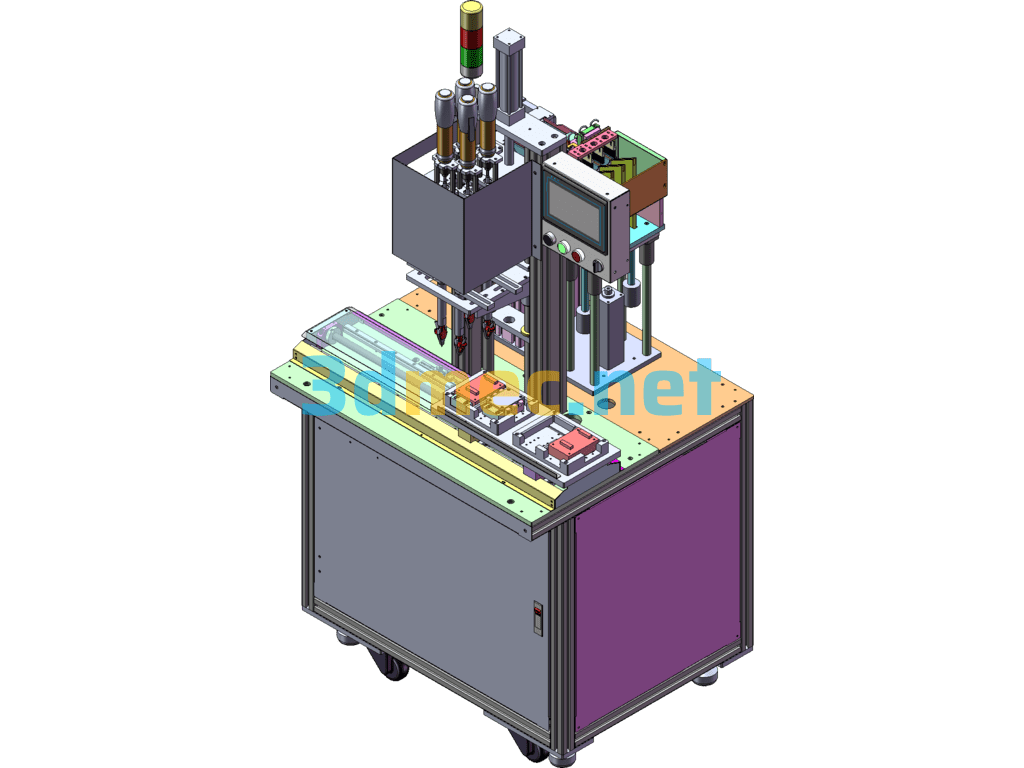
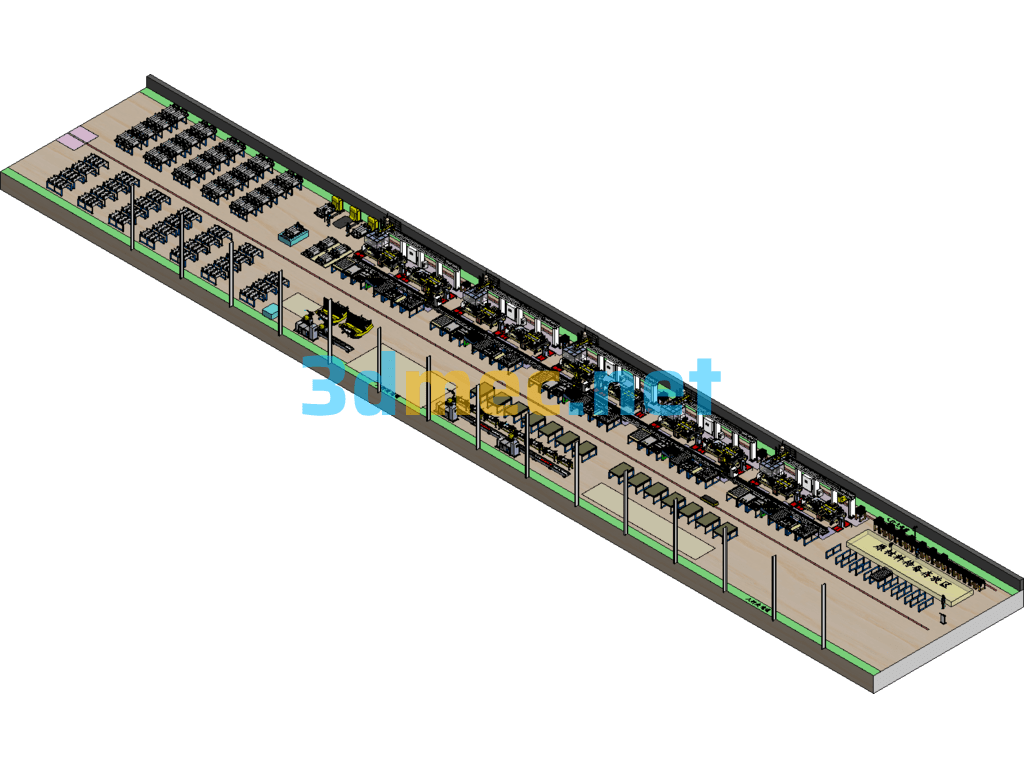
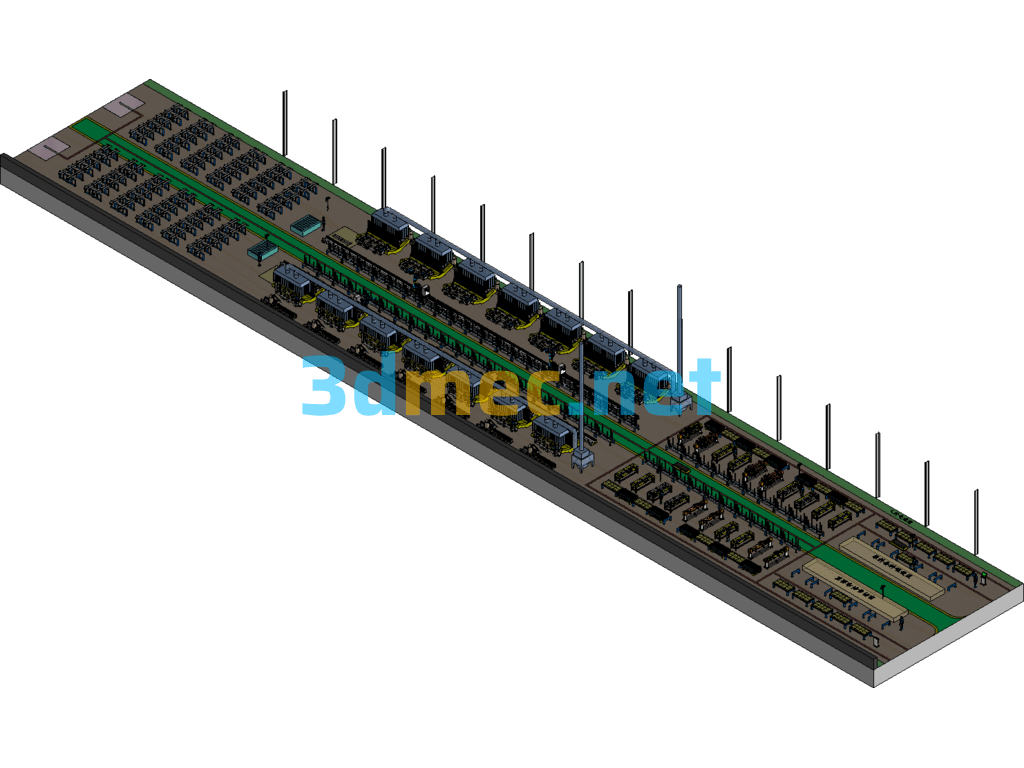
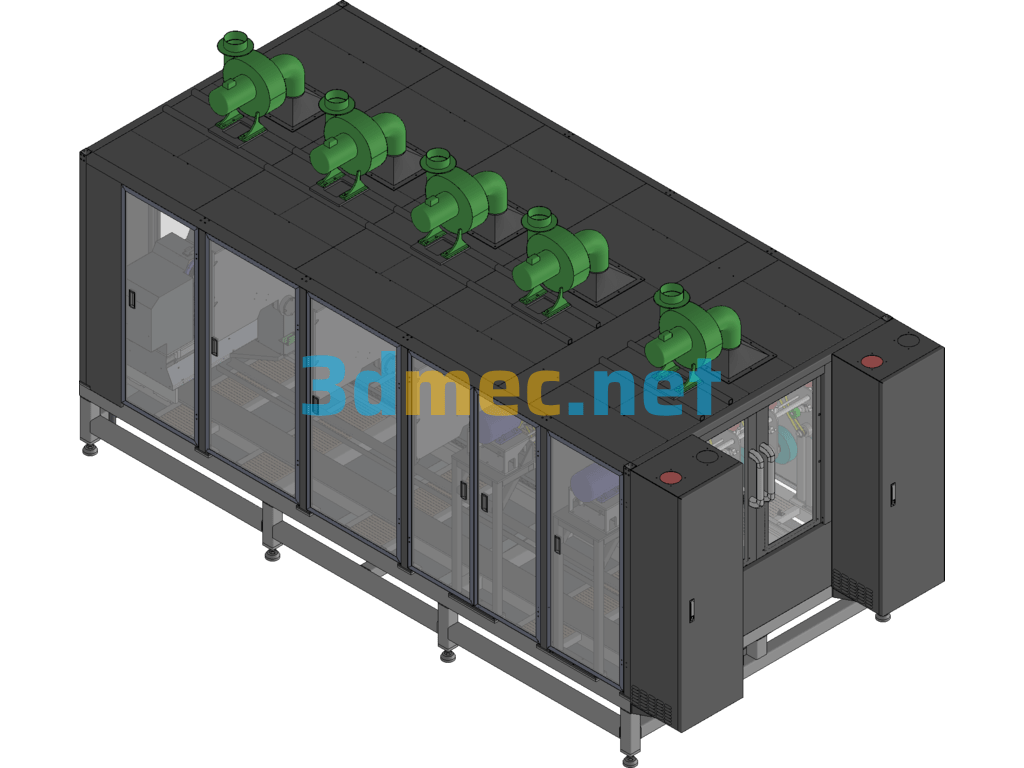
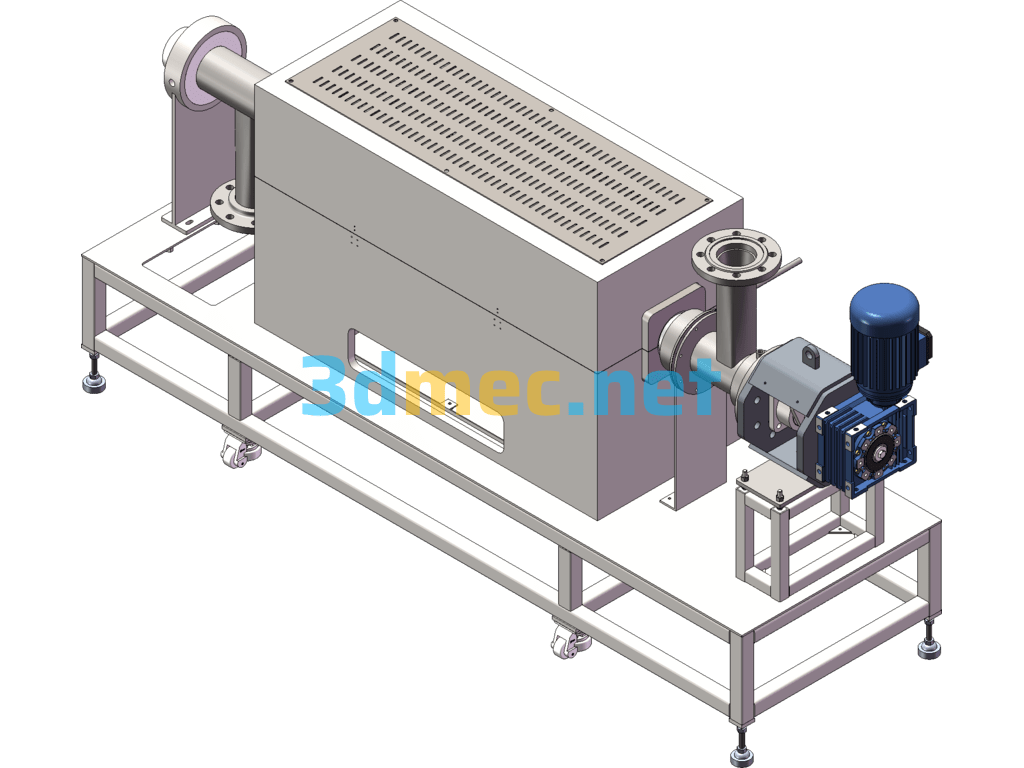

There are no reviews yet.